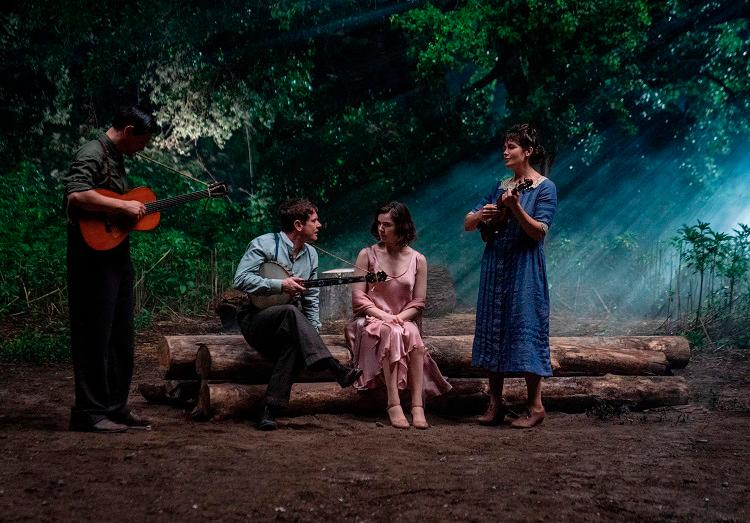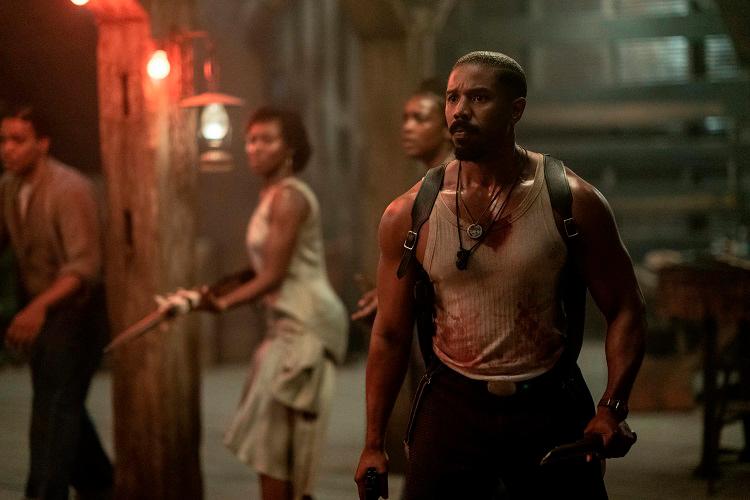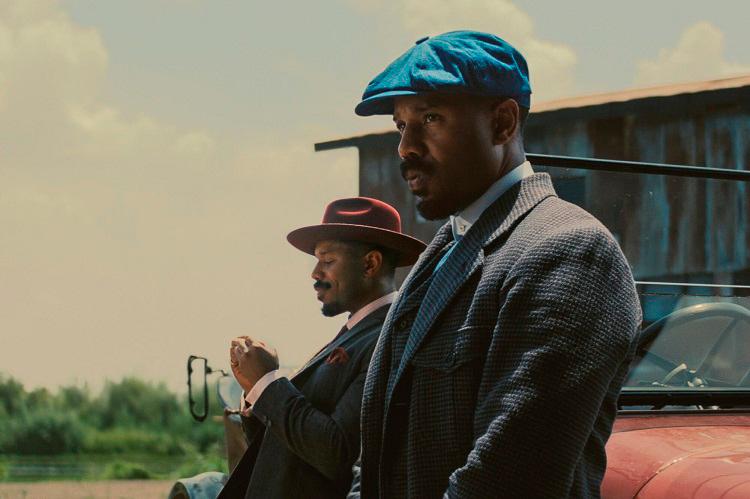After making bank off the back-to-back blockbuster successes of the Black Panther films, writer-director Ryan Coogler remains unfazed and uncompromising in adhering to his tradition of developing projects around Black history and culture.
Stepping away from the Afrofuturism of Wakanda, Coogler dips his toes into the warm waters of Mississippi, blending horror and musical elements into a period film set in Jim Crow-era America and proves, once again, why he is the most bankable Black director in Hollywood.
Set in 1932, war veterans-turned-gangsters Smoke and Stack (Michael B. Jordan) return to Mississippi, seeking to open a new juke joint exclusively for the Black community in the town of Clarksdale.
To put a crew for the establishment together, the twins rope in their guitarist cousin Samuel (Miles Caton), pianist and harmonicist Delta Slim (Delroy Lindo), Chinese shopkeepers Bo (Thomas Pang) and Grace Chow (Li Jun Li), Smoke’s wife Annie (Wunmi Mosaku) and bouncer Cornbread (Omar Miller).
At the time of their return, Stack’s old flame Mary (Hailee Steinfeld) is in town following the funeral of her mother, who took care of the three when they were children.
After securing a sawmill as the venue from a Ku Klux Klan member, the first night of Smoke and Stack’s music and drink establishment goes seemingly well, with Sammie’s guitar skills piercing the veil of time.
Apparitions from the past, of African tribesmen playing tribal instruments and dancing, to visions of the future, of Black break dancers and musicians on turntables and electric guitars, begin to overlap with the crowd in the sawmill.
Sammie’s music not only enchants those within with soothsaying blues tunes and his deep baritone singing, but it also becomes a beacon, a signal that calls out to the mysterious Remmick (Jack O’Connell) outside, prompting him to ask for an invitation to enter the juke joint.

Story told in shadows, sound
It is almost timely that Coogler’s Sinners was released several months after Robert Eggers’s Nosferatu. Almost like a band-aid or a garlic-infused mouthwash at the same time, Sinners surpasses what little Nosferatu was good at, while going above and beyond in accomplishing everything Eggers’s film failed at, particularly at telling a compelling, original story.
Having said that, Sinners’ story is not complex and neither are its characters. Coogler deviates from traditional storytelling with the film, opting to instead use environmental and historical storytelling to bring colour and breathe life into the film’s myriad of characters.
The writing behind them instead makes use of the history of the Black community during the film’s time period, bridging the generational trauma, racial turmoil, religious elements and communal politics from the years, decades and centuries prior to 1932.

Coogler extends the same treatment for Remmick, who despite being painted as a bloodthirsty, multi-accented, serpentine vampire with zero character development, is revealed to be just as much as a victim of oppressive colonialism and forced religion as the Black characters that he preys on.
The “show, don’t tell” rule is often ignored in film – and television – but Coogler finds the perfect balance between both here, showing more than enough, while filling in the blanks with passing dialogue that are easily missed.
As big as the Black Panther films were, they had glaring flaws, especially the second film, which felt like a compromise between Coogler’s vision and his storytelling, and appeasing the Marvel Studios executives to create the billionth Marvel Cinematic Universe film. On the other hand, surgical in its horror, avant garde with its Southern music and Western revisionism, Sinners is Coogler unshackled, at his best and most creative.
Sinners is available via premium video on demand.









